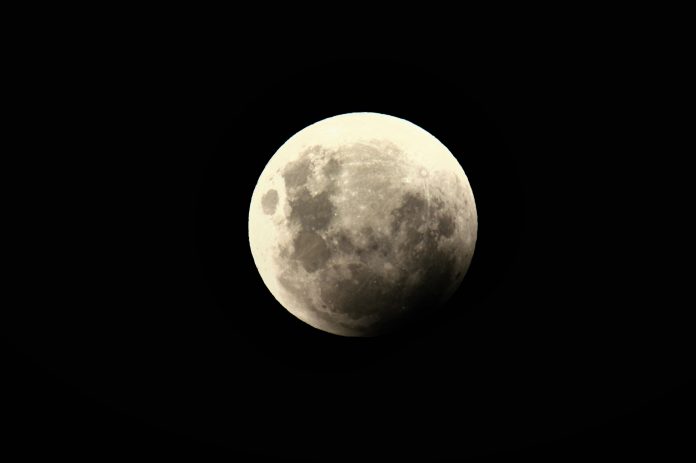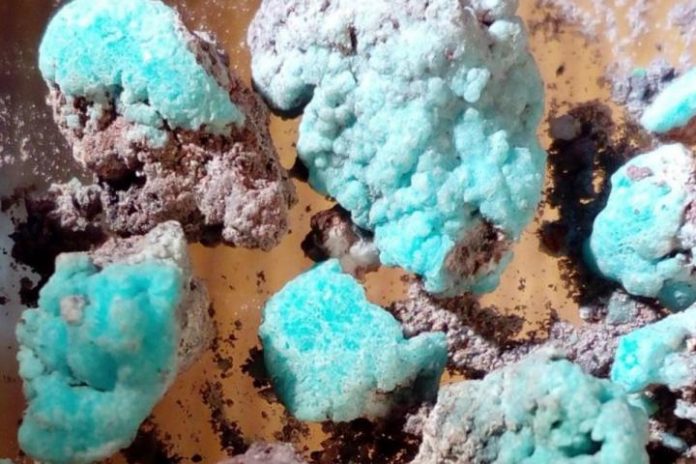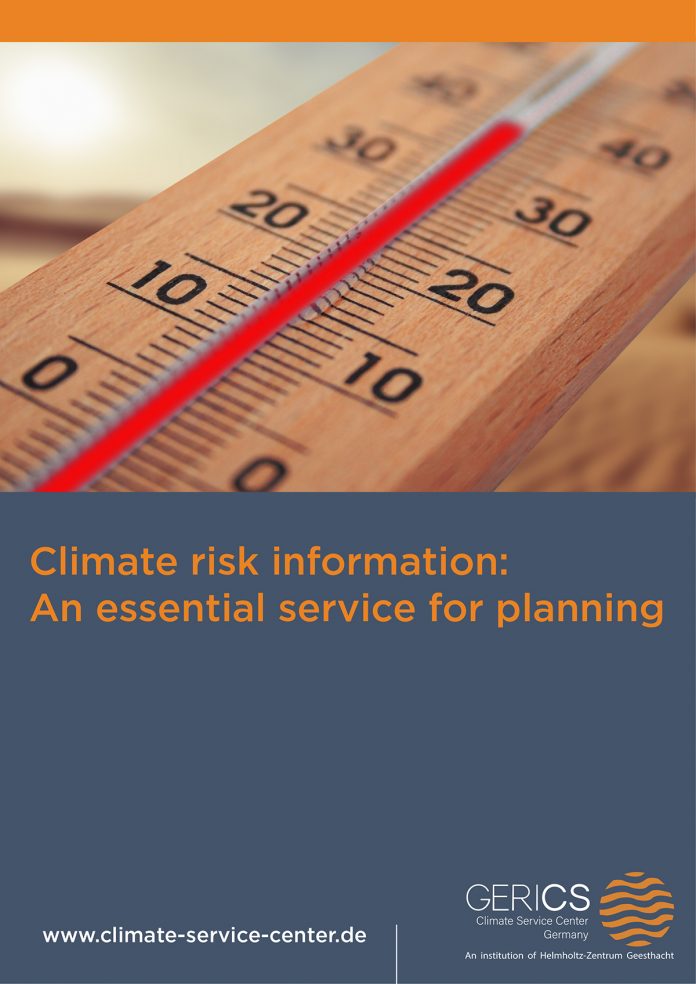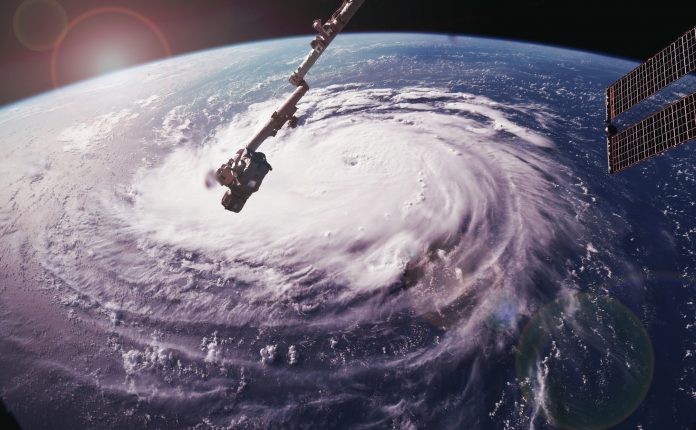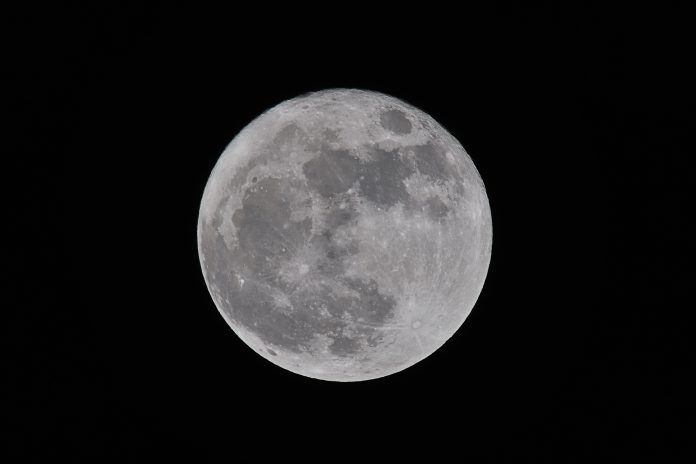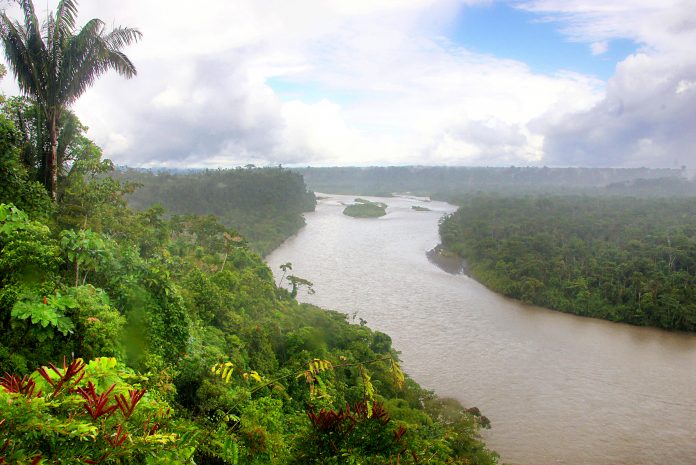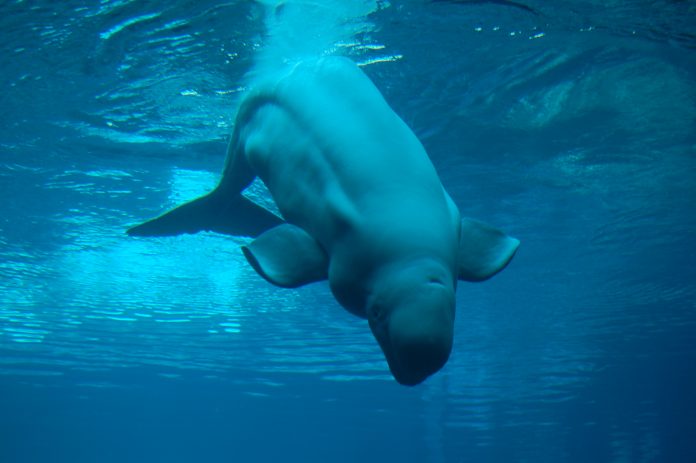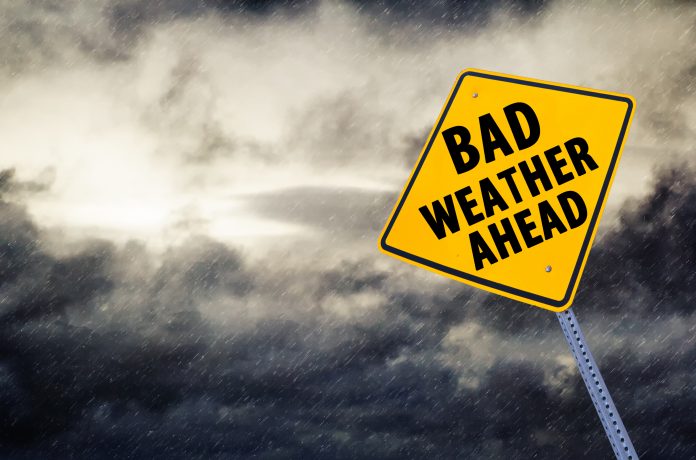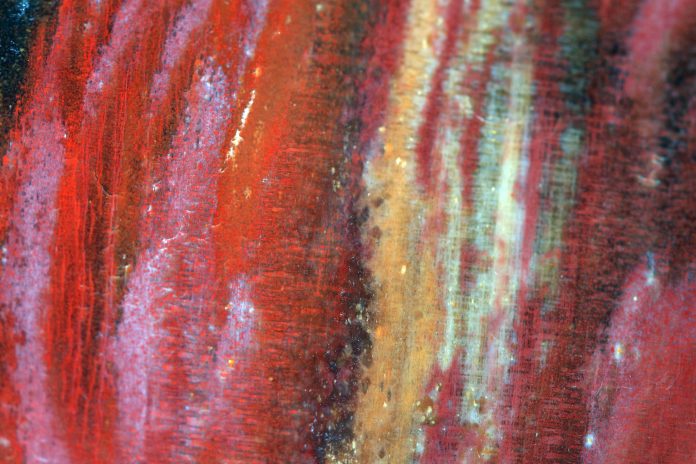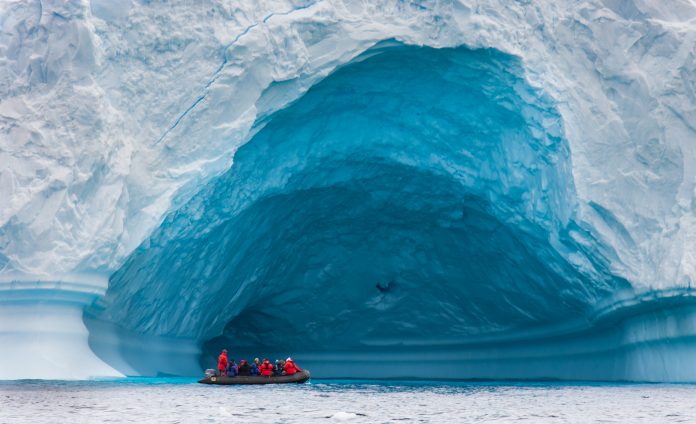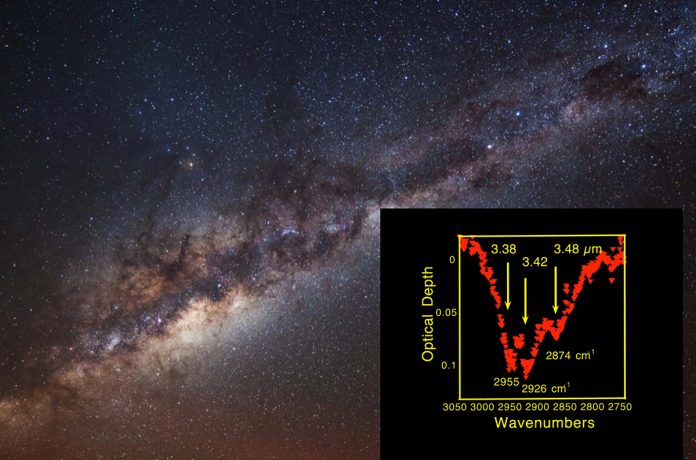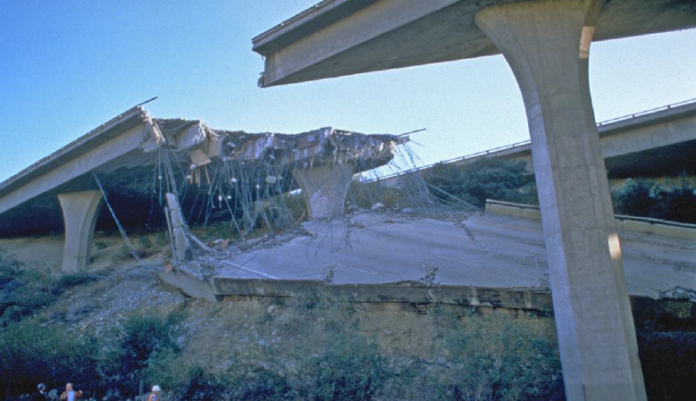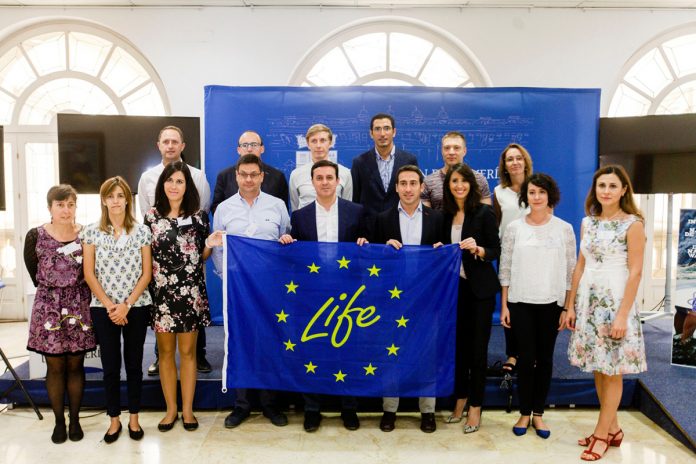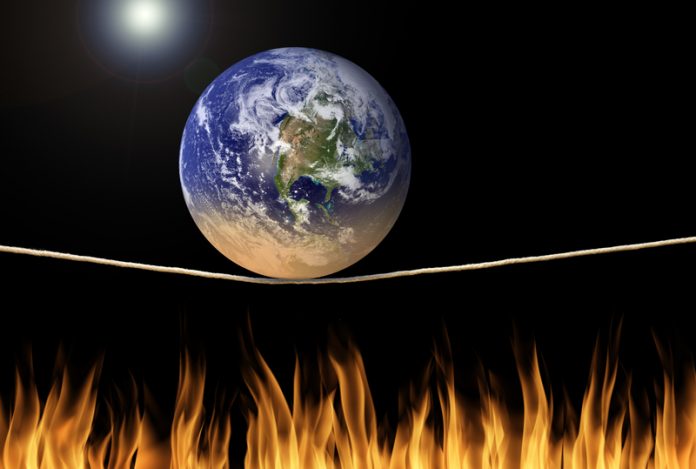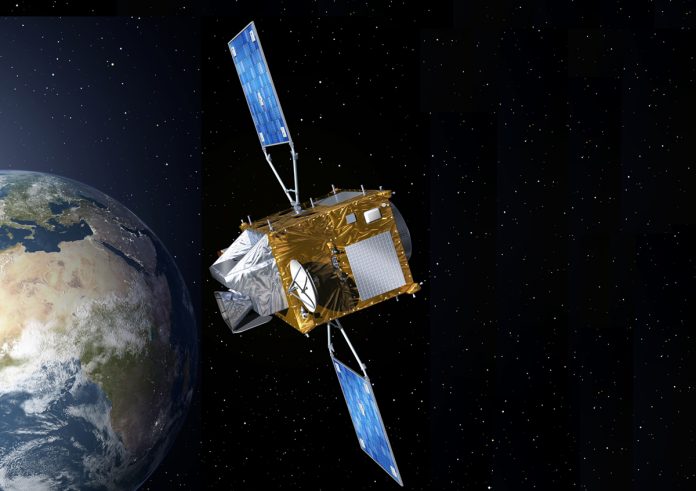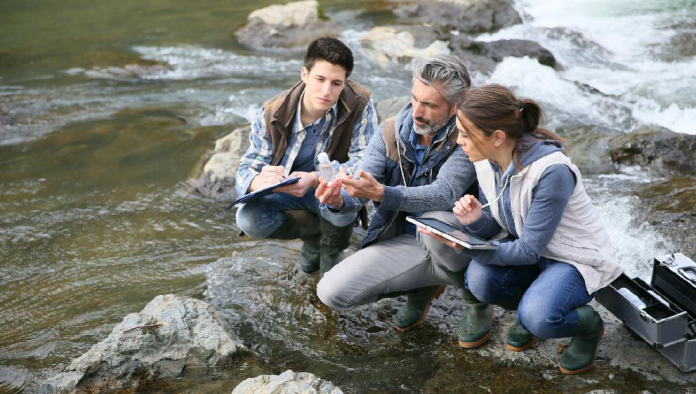Earth Science Related Content
Microscopic analysis of samples from penetrator impact craters
M. Danner and R.M Winglee from Department of Earth and Space Sciences, University of Washington, discuss the microscopic analysis of samples from penetrator impact craters.
Scientists discover a new mineral that could power batteries
Petrovite is the name of the new mineral discovered by scientists at St Petersburg University, a bright blue crystal which could someday provide energy.
Climate risk information: An essential service for planning
Here, The Climate Service Center Germany (GERICS) talks us through some key strategies for using climate risk information to change the world.
Towards resilience against water-related extreme events
Dr Anjuli S. Bamzai, NSF Division Director for Atmospheric and Geospace Sciences and Ms Elizabeth Zelenski, Staff Associate, NSF Office of the Assistant Director for Geosciences, explain research on water-related extreme events that have profound implications for society.
Scientists discover Moon-like asteroid hiding behind Mars
Scientists from the Armagh Observatory and Planetarium (AOP) have discovered a Moon-like asteroid hiding behind Mars.
A new mineral has been discovered in a lunar meteorite
A team of European researchers have discovered a new high-pressure mineral in the lunar meteorite Oued Awlitis 001, named donwilhelmsite [CaAl4Si2O11].
New study finds 40% of plant species are at risk of extinction
A new study highlights that 40% of plant species are at threatened with extinction due to the continued destruction of our natural world.
Open Access Government October 2020
The October 2020 edition of Open Access Government speaks about global government policy issues, such as health & social care, research & innovation, digital transformation, economic development, international development, environment, energy and equality.
Arctic conservation: Scientists listen to the sounds of the seascape
In the northern Bering Sea, scientists undertook a four-year acoustic monitoring project to understand Arctic conservation needs for five marine mammals.
A new era of scientific discovery in weather and climate
Dr Anjuli S. Bamzai, Division Director for Atmospheric and Geospace articulates why the research community is at the cusp of a new era of scientific discovery in weather and climate, enabled by innovative cutting-edge technologies.
Earth sciences and physics: The unsettled peroxy story
Friedemann Freund, Professor at SETI Institute/NASA Ames Research Center, explains a physics-related question within the field of earth sciences that concerns the unsettled peroxy story.
How plants regulate their body temperatures: Implications for climate change science & policy
Peter G. Kevan, University Professor Emeritus at the School of Environmental Sciences, University of Guelph, explores here how plants regulate their body temperatures, including the implications in this respect for climate change science & policy.
Oxygen: The challenge for Life
Professor Friedemann Freund, SETI Institute/NASA Ames Research Center, provides an insight article into the complexities of oxygen.
Ways to characterise how ice caps and glaciers change
Martin Sharp, Professor at Department of Earth and Atmospheric Sciences, University of Alberta, explains ways to characterise how ice caps and glaciers change.
Earth science: The Search for the Origin of Life
Friedemann Freund, Professor at the SETI Institute/NASA Ames Research Center provides a fascinating look at an aspect of earth science that concerns the search for the origin of life itself
The USGS Earthquake Hazards Program explained
William Leith, Senior Science Advisor for Earthquake and Geologic Hazards at U.S. Geological Survey (USGS) explains the important aspects of the USGS Earthquake Hazards Program.
State-of-the-art technology for natural radioactivity removal in groundwater
Anna Goi, Senior Research Scientist at the Tallinn University of Technology turns our thoughts towards state-of-the-art technology for natural radioactivity removal in groundwater.
Climate change: Learning how to negotiate on behalf of the planet
Johanna Bocklet, Research Associate at the Institute of Energy Economics, University of Cologne shares her views on climate change, focussing on learning how to negotiate on behalf of the planet
The synergistic use of atmospheric data from space: from research to operational products
Ugo Cortesi (IFAC-CNR), on behalf of the AURORA Consortium, explains the synergistic use of atmospheric data from space
Environmental Toxicology: How chemicals interact with environmental species and human physiology
The European Centre for Ecotoxicology and Toxicology of Chemicals (ECETOC) give a detailed perspective on environmental toxicology, a life science discipline that seeks to understand how chemicals, both natural and man-made, can interact with environmental species and human physiology to cause harm



